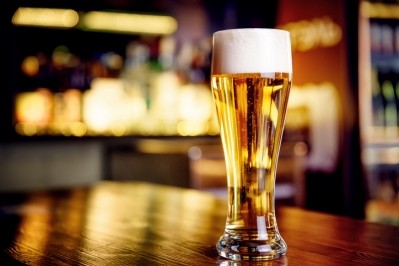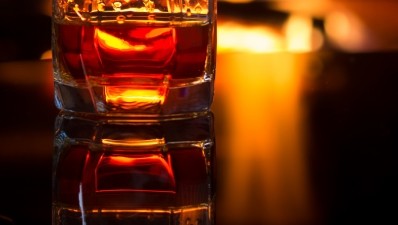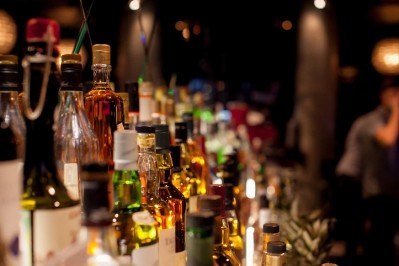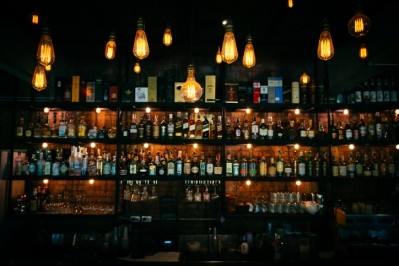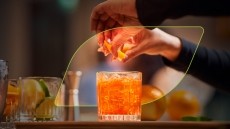BEVERAGE FORUM 2019
A ‘complex’ consumer base challenges US alcohol
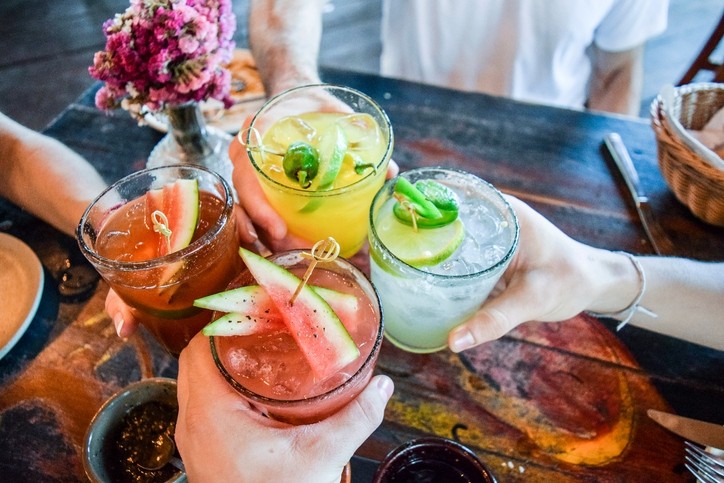
There’s a lot driving the new frontier in alcohol. Brands are competing to secure the health and wellness-conscious customer, with innovations turning into a calorie race.
At the 2019 Beverage Forum, representatives from alcohol’s biggest players discussed challenges facing beer, spirits and wine in the next decade. Like the 2010s, the 2020s are expected to be driven by growth in craft sectors and young drinkers.
Crafting the future of alcohol
In 2018 wine and spirits led alcohol growth while beer volume declined by 1%. The slowdown was impacted by the rise in beverages with functional ingredients and low calorie counts, according to the Beverage Marketing Corporation (BMC).
Major beer brands have continued to lose market share, while craft beer is experiencing growing pains. Since 2012, the top four brewers in the US have lost a combined 7.1 share points in aggregate.
A key trend for the category is high end beers, which are taking market share from mainstream and value beer.
Marcel Marcondes, US chief marketing officer at Anheuser-Busch, thinks companies need to ‘deeply understand’ what consumers are looking for in order to be successful today. Major corporations can’t win with just one or two good brands, but should build up a strong and full portfolio.
“The consumer base has never been as complex as it is today,” he said.
Spirits
Since 2010, spirits have been the best-performing category when compared to beer and wine. Craft spirit dollars have grown at annual rate of 26.2% in this time frame, and in terms of volume craft had a 3.1% share of total spirits in 2018.
According to BMC, on-premise volume for spirits increased by 0.3% in 2018, which was mainly driven by the strength of small, independent full-service restaurants. Flavored vodka and whiskey started out with a strong decade, but both are now declining in sales and innovation.
But flavor is still a focus area for craft distillers. Specialized cocktails are being made using specific types of new spirit styles--sour cherry gin, peppermint whiskey, and hybrids like rose wine vodka are all gaining popularity.
Alternate aging methods have also found a place in the industry, like rum finished in vermouth casks, Irish whiskey finished in stout barrels and straight whiskey finished in maple syrup barrels.
Thomas Murray, Founder and CEO at MurLarkey Distilled Spirits, predicts that craft spirits are the next big thing, particularly because larger brands are starting to hop on the bandwagon with their own versions.
Millennials make up 32% of US spirits consumption by value, according to Murray, and the $44bn US spirits market is expected to grow 6% per year through 2022.
